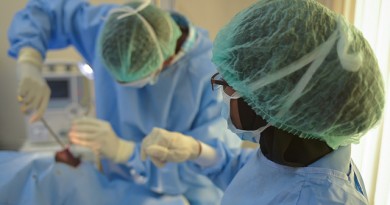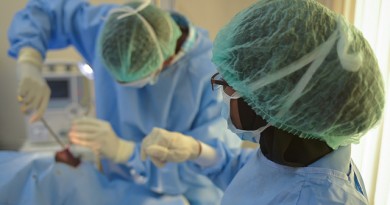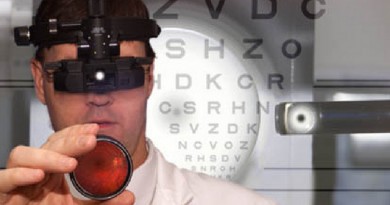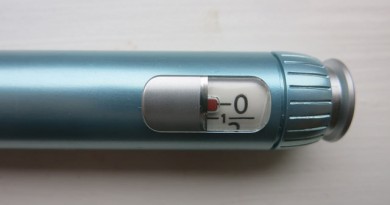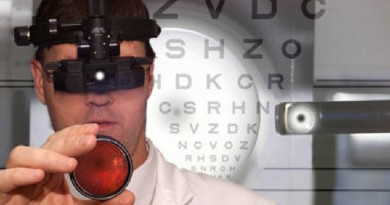How Much Does A Bone Density Test Cost?
There are several types of medical tests that assess bone mineral density (or simply bone density). These examinations employ resources such as ultrasound, tomography, and photon absorption to measure bone denseness. Bone density test cost will vary with the type. The most common bone density test (or scan) is a technologically advanced form of x-ray that is used to produce images of the bone. The cost of a bone density test of this type is in the area of $150-$250.
Also known as dual-energy x-ray absorptiometry (DEXA or DXA) or bone densitometry, the procedure involves the use of ionizing radiation to provide images of the inside of the body. The bones (usually the hips and/or spine) are bombarded by two beams of x-rays with distinct energies to achieve the visual effect. The bone will absorb one of the energy sources while the tissue absorbs another. The subtraction of tissue density from the area’s total density gives the bone density. A radiologist interprets the computer results before passing the information along to your family physician. Results are reported as measured area density, t-scores (a comparison of current bone density to that of an average, young, fit person at peak density) and Z-scores (comparison to average people of similar age, size, and gender). The lower each score, the worse the bone loss. DXA bone density test cost varies between locations, averaging about $200 overall. There are several alternative tests that examine bone density, but only ultrasound has the consistent results and low price to rival the accuracy and cost of a bone density test with x-rays.
What Is A Bone Density Test?
A bone density test is a medical tool that is used to measure the denseness of bones. There are several types of tests, but the most common type uses two beams of x-rays to produce an image. This test is most commonly employed to diagnose or examine treatment effects of patients with osteoporosis. Other fragile bone conditions can be seen using bone densitometry, while fractures may also be detected. The test is fast, painless, and is widely in use today as the most popular type of bone density investigation. There are some limits to the DXA test as the results may be corrupted by patient size, tissue thickness, or crushed vertebrae. It is also a concern that there is not enough data to provide an average group comparison for Z-tests (compares patient’s bone density to that of an average person of their own age and size, and other characteristics if possible). Bone density test cost is typically near $200 without insurance coverage.
Bone Density Scan Cost
Testing of bone density is an important tool in diagnosing bone problems, especially in the elderly. There are other alternatives to estimating the bone’s denseness such as ultrasonic methods, but DXA is the standard. Other methods rarely lead to a reduced bone density test cost, and may not be as accurate as the x-ray type of assessment. The cost of a DXA bone density test is around $200 and the test has no recovery time. Bone density is directly related to the likelihood of fractures, making it invaluable for the elderly. These factors are likely contributors to the rise of this technology.
Does Medicare Cover Bone Density Tests?
Medicare does not cover bone density test cost in all situations, but they may allow reimbursement for the cost of a bone density test if the patient has a specific pre-existing condition, risk of that condition, or listed spinal abnormalities. Situations where Medicare may cover the test include a postmenopausal risk of osteoporosis, to assess the response to certain medications, if a fracture is suspected due to spinal abnormalities, or if you are taking a long-term corticosteroid. Bone density test cost is minimal, so even those patients without insurance have an opportunity to get one.
Bone Density Test Procedure
During a DXA bone density scan, the patient lays on a flat table that contains an x-ray generator. Above the table is an arm-like apparatus that receives the x-rays after they have passed through the body. You will be asked to remain still as the arm passes over the area several times. The images are then calculated by a computer from the information related to x-ray absorption and visually deciphered by a radiologist. The results must be reported to you by your family physician, and this visit is not included in the bone density test cost. Recovery is not a concern as the test is both quick and painless.
Bone Density Test Results
Scans performed during a bone density test are stored as computer data. A radiologist, who is specifically trained to perform this task, then analyzes this information and transfers the results to your family doctor. The information is reported as the area density, and two test scores called T-scores and Z-scores. These numbers compare your results to those of a person with peak density and a person that meets your personal characteristics (age, weight). It is then the responsibility of your practitioner to explain the results and discuss any concerns that you may have. Note that this meeting is not included in the bone density test cost.
How To Increase Bone Density
Exercise can lead to an increase in bone density. It is important to be sure that you are doing exercises that have been proven to do so, as there are some types of physical activity that can be harmful to your bones if you are already at risk for osteoporosis and/or fractures.
The diet can be altered to optimize the strengthening of bones through increased density. Foods that are high in calcium, potassium, and vitamin K (leafy greens are an example) are important for bone density. It is also recommended to take calcium, vitamin D, and magnesium (to absorb the calcium) supplements. However, you should ensure that you do not exceed the recommended limit for each supplement as you may do some harm, and you will definitely be wasting your money. The cost of a bone density test isn’t the only expense when it comes to taking care of your bones, but it doesn’t have to be expensive to be responsible.
What Is Normal Bone Density?
The average bone density for human beings is around 1500 kg per cubic meter. Generally, a t-score between 1 and -1 indicates bone density that is average. Bone density test costs include the interpretation of your results as they compare to the averages, but it may be more to have those results reported to you by a family doctor (or some other bone specialist). There are several factors that contribute to expected bone denseness. The bones naturally lose some density with age after peaking as a young adult, but this is almost always taken into account prior to the interpretation of imagery and/or numerical scores.
- 770SHARES

